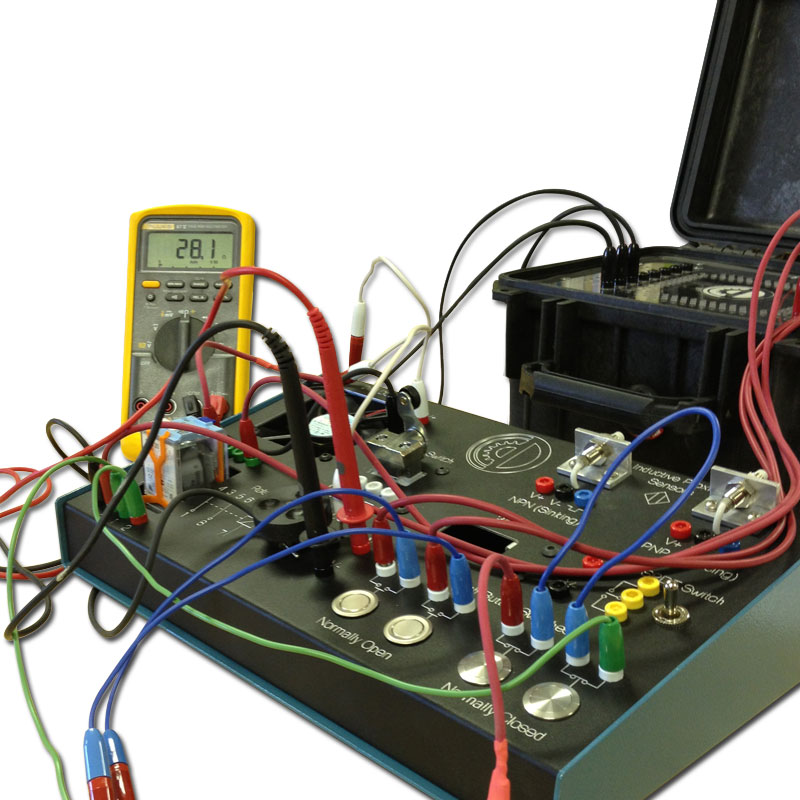Maintain seamless compliance through expert regulatory compliance assistance.
Maintain seamless compliance through expert regulatory compliance assistance.
Blog Article
Top Tips for Effective Electrical System Troubleshooting
Troubleshooting electrical systems needs a systematic approach, based in an extensive understanding of electric principles and security methods. By acquainting oneself with circuit components, using crucial tools, and sticking to a structured analysis technique, experts can successfully identify and fix problems. Nevertheless, the subtleties of efficient troubleshooting extend past simple technical understanding; recognizing just how to document findings and focus on safety and security can dramatically influence outcomes. As we discover these critical elements better, it ends up being clear that understanding this procedure is not simply helpful however essential for success in the area.
Understand the Basics
Recognizing the fundamentals of electric systems is important for reliable troubleshooting, as a strong foundation permits service technicians to diagnose and resolve issues a lot more successfully. A detailed understanding of electric concepts, such as voltage, existing, resistance, and power, is critical in recognizing the origin of issues. Voltage is the electrical prospective distinction that drives current with a circuit, while resistance opposes the circulation of present, affecting the total capability of the system.
Experience with circuit components, consisting of resistors, capacitors, diodes, and switches, is likewise extremely important. Each element plays a distinct role in circuit actions and can affect efficiency when malfunctioning. In addition, recognizing series and identical circuit configurations is important, as these setups influence the circulation of voltage and current within the system.
Additionally, expertise of security protocols is essential. Service technicians should recognize possible dangers, such as shock and brief circuits, to apply risk-free troubleshooting practices. By grasping these fundamental ideas, specialists boost their capability to conduct efficient diagnostics and repair services, ultimately bring about improved performance and integrity of electrical systems. This foundational understanding is the keystone of successful troubleshooting ventures.
Gather Necessary Equipment
Effective troubleshooting of electrical systems requires the best collection of tools to diagnose and resolve concerns accurately. A fully equipped technician can significantly enhance performance and performance in recognizing issues. Essential tools consist of a multimeter, which gauges voltage, current, and resistance, enabling accurate analyses of electrical components. Secure meters are likewise valuable for measuring current without detaching the circuit, ensuring safety and ease.
In addition, insulated hand tools such as screwdrivers, pliers, and wire strippers are important for securely manipulating electrical connections. It is likewise a good idea to have a circuit tester on hand to confirm the visibility of voltage in outlets and cords. For even more complex systems, a thermal imaging electronic camera can help find overheating parts, showing possible failures.

Comply With a Systematic Method
Having collected the suitable tools, the next action in fixing electric systems Clicking Here is to follow a methodical technique. A methodical strategy makes sure that service technicians can identify faults successfully and precisely, decreasing downtime and stopping unneeded repair services.
Begin by examining the system's schematic diagrams and specifications. This entails checking each component systematically, starting from the power resource and functioning towards the tons.
Make use of screening equipment, such as multimeters and oscilloscopes, to collect unbiased data about voltage, current, and resistance at different factors within the system. This empirical proof will certainly guide your troubleshooting initiatives and help to confirm or get rid of possible reasons for failure.
Furthermore, think about ecological aspects that might affect the system's efficiency, such as temperature level changes or wetness access. A comprehensive inspection of circuitry, connections, and elements will certainly make sure that all possibilities are represented.
Paper Your Findings
Extensive documentation is crucial in the troubleshooting procedure of electrical systems. This technique not only help in recognizing the origin reason of the issue however also offers as a recommendation for future repairing efforts.

Additionally, preserving a log of parts changed or repairs done is very useful. This info sustains inventory monitoring and can help assess the long life and integrity of specific parts.
Eventually, the documents procedure must be extensive yet succinct, allowing simple access and review - electrical system troubleshooting. By focusing on comprehensive paperwork, professionals can produce a valuable expertise base that not just aids in current troubleshooting yet additionally encourages future upkeep initiatives, thus improving general system reliability

Prioritize Safety Actions
Identifying the inherent click over here threats related to electric systems is crucial for making sure safety and security during find more information troubleshooting. Electrical shock, burns, and tools damage are just a few of the potential risks that technicians deal with. Focusing on precaution is not only a lawful obligation however likewise a moral essential that safeguards both the service technician and the surrounding setting.
Before starting any kind of troubleshooting job, technicians should put on ideal individual protective tools (PPE), consisting of protected gloves, shatterproof glass, and flame-resistant clothes. Making certain that the work area is dry and without mess can considerably minimize the danger of accidents. It is crucial to de-energize circuits before starting any job, confirming that they are not live through the use of a multimeter or voltage tester.
Developing clear communication methods with employee is also crucial; this makes certain that everybody is conscious of prospective threats and the status of the electric system being worked on. Lastly, having an emergency action strategy in position can confirm indispensable in the event of an occurrence. By prioritizing precaution, technicians can effectively minimize threats and foster a much safer office.
Conclusion
Reliable electrical system repairing depends on an extensive understanding of fundamental principles and a methodical approach. By gathering essential tools, adhering to systematic analysis methods, and thoroughly recording searchings for, the troubleshooting procedure becomes extra efficient and reputable. Focusing on security measures ensures the health of individuals entailed and the honesty of the electric system. Applying these approaches will boost the repairing experience, bring about quicker resolutions and boosted functional efficiency in electric systems.
Report this page